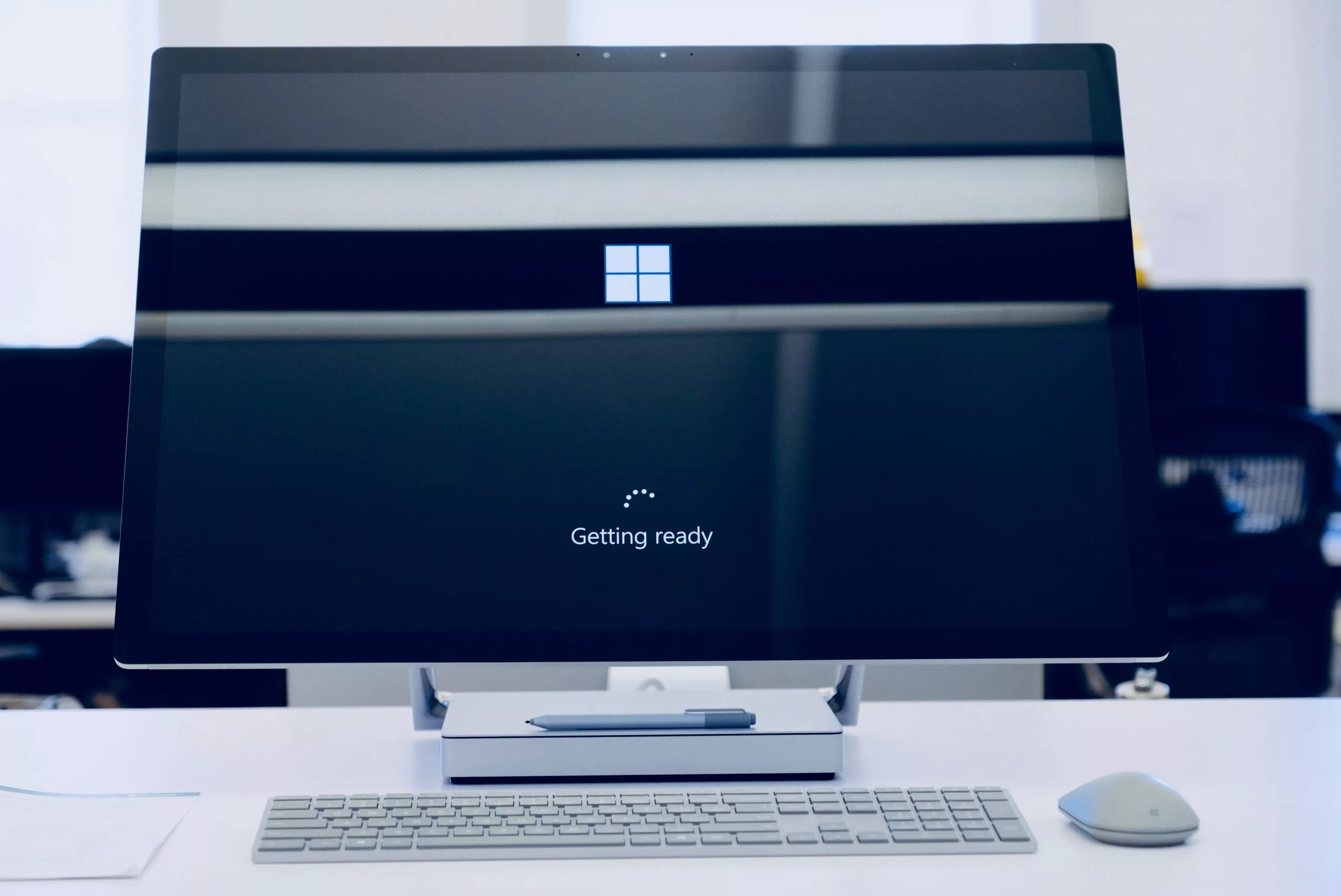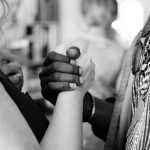Every year, Microsoft’s MySkills program sponsors the travel of over 100 Microsoft employees from around the world to provide short-term training, consulting, and project-based support to a wide array of organizations working across the African continent.
To date, over 700 Microsoft employees have traveled from more than 50 countries to over 33 countries, volunteering over 60,000 hours to help partners, startups, universities, and even governments navigate the digital revolution. Hundreds more have provided virtual support.
You may have heard about organizations that have benefitted from the MySkills program without realizing that Microsoft was involved behind the scenes. Consider MKOPA, a scaling startup providing solar lighting to rural areas across east Africa. Five years ago, two years before President Barack Obama had visited MKOPA, Microsoft MySkills volunteers had already been there to train the team on data science frameworks to inform their expansion efforts. Since then, MKOPA has provided power to millions of people living off-the-grid and has created thousands of jobs along the way.
Here is what is so unique about the MySkills program: it’s run completely separate from Microsoft’s long-standing corporate social responsibility unit, Microsoft Philanthropies. Instead, MySkills is managed and funded by the very community it set out to benefit: students, small business, social enterprises, and governments across the continent – and the Microsoft delivery team operating in the region that was set up to serve them.
So how did Microsoft create a social impact initiative that is justified in both its bottom-line impact to the business and its social impact on the world?
As one of the founding partners that helped scale and optimize the MySkills program, we’ve identified five key steps that allowed us to develop the program into the success it is today. They’re consistent with successful initiatives not only at Fortune 500 companies like Microsoft, but also at mid-sized companies and even startups.
1. Create a systems map, and understand the drivers and barriers for key players.
As is well documented, the following are needed in order to have your impact initiative scale: executive sponsorship, employee buy-in, manager support, HR approval, legal compliance, marketing and PR commitments, and alignment with existing citizenship and/or sustainability programs. And that is just for internal traction — remember that external stakeholders are critical, too. Gaining support from all of these groups is hard work, but creating a map of all the key stakeholders and relationships between them will help you decide when and how to activate each, which is essential to success. (FSG has a good introduction to mapping.)
In Microsoft’s case, the program was launched only after alignment was achieved between regional executives, the local sales team, the local marketing team, and key business leaders from other countries and product teams. Part of the reason the pilot was so successful was that the program designer set up a series of conversations with each stakeholder to understand their real needs before developing the pilot proposal.
2. Propose a pilot that will actually work.
Okay, we know this sounds obvious. But too often, social impact initiatives are designed on a whiteboard miles away from where the people facing the challenge actually experience it. Most pilots don’t work for this reason, and it’s critical that you take a patient approach in working through a full human-centered, design-thinking process to co-create a solution that will actually create the intended impact.
Microsoft started with an audacious vision for MySkills but also balanced that with a practical pilot strategy. It established key performance indicators to ensure business impact, employee satisfaction, and impact in the field, and designed the rest of the pilot with those metrics in mind. From there, it focused on mobilizing individuals and small teams for both virtual and in-country placements. To ensure high-quality placements, it built a network of key partnerships with business leaders from around the globe who also saw the value in cross-cultural immersive learning. To facilitate this, it used its sales teams to help find local projects, and it used a third-party subject matter expert to ensure a successful first pilot.
3. Build the business case and validate your hypotheses.
For social impact initiatives to live outside of corporate citizenship functions, they must have a demonstrable impact on the business, and they must be measured and reported on. If steps #1 and #2 have been completed adequately, it should be clear to you which metrics are most important for you to track in order to gain approval for the release of capital and human resources required to execute the program.
Using a Business Model Canvas to adequately map the elements of your initiative is a useful model to isolate the needed resources and dependencies. Identifying these resources and dependencies will enable you to create a series of hypotheses about whether your program will work or not. Using pilot metrics to help validate each of the dependencies will help you focus attention and resources on areas to keep improving.
Every six months, Microsoft completes a robust assessment that captures qualitative and quantitative insights into whether the program is effective or not based on indicators that matter to employees, receiving organizations, and global executives. It also captures and shares relevant data to country managers where volunteers work, as well as sales and marketing teams across the continent. Microsoft uses its platform not only to share the high-level reports of the program’s impact, but also to amplify the voices of individual volunteers and host organizations. Built into the program operations, Microsoft guides its volunteers and receiving organizations to document their experiences and share their own stories, thereby also helping the program gain attention from all relevant audiences.
4. Secure executive sponsorship and promotion.
Once you’ve successfully designed, executed, and reported on the pilot of your program, it’s time to lay the groundwork for long-term success. At this stage, a corporate changemaker needs to align executives to commit long-term budget and promotional support. Although the finance team will ultimately be the ones releasing the funds to make the program a reality, it’s essential to secure executive leadership at this stage to help encourage all other critical business functions outlined in your business model canvas to support the program, even if their own short-term priorities are pulling them elsewhere. Executive sponsorship will help ensure you have the budget, HR support, legal compliance, internal promotion channels, and mid-level support to achieve long-term success.
The MySkills team continues to capture relevant data and stories for executives across the company. Using alumni as sales channels, MySkills is able to provide case studies and data to show how product teams, geographic teams, and even global priorities are being supported in the program.
5. Navigate the naysayers.
Nate Wong, Managing Director at Beeck Center for Social Impact + Innovation delivered a presentation “Immunizing the Corporate Antibodies”. In his work, Nate found that you must identify the naysayers in advance, develop a unique approach for each, and then proactively address their concerns.
Instead of viewing naysayers as blockers, MySkills has worked to engage the critical audiences needed to scale involvement in programs: HR and managers. By sharing data with HR, MySkills is able to maintain support for the program and even use expertise from HR to help improve program elements. Meanwhile, managers are engaged with minimal time commitments from the beginning. This starts with providing managers with easy to digest “sales materials” so they understand the program, employees who want to participate ask for their permission to participate, and once accepted into the program, participants are guided to keep their managers informed of their work. After employees return from their MySkills volunteering assignments, they present a debrief report back to their managers and teams with ideas on how to improve team effectiveness and predict innovations (in one case, insights from a volunteer helped an emerging technology ship 3 months ahead of schedule). When completed, the MySkills team and the local organization sends a thank you not to the managers, often CC’ing more senior executives to acknowledge the hard work of all parties.
In Summary
Launching new initiatives within an organization that has large teams and established processes is hard work, but following these five steps will set you up for success.




